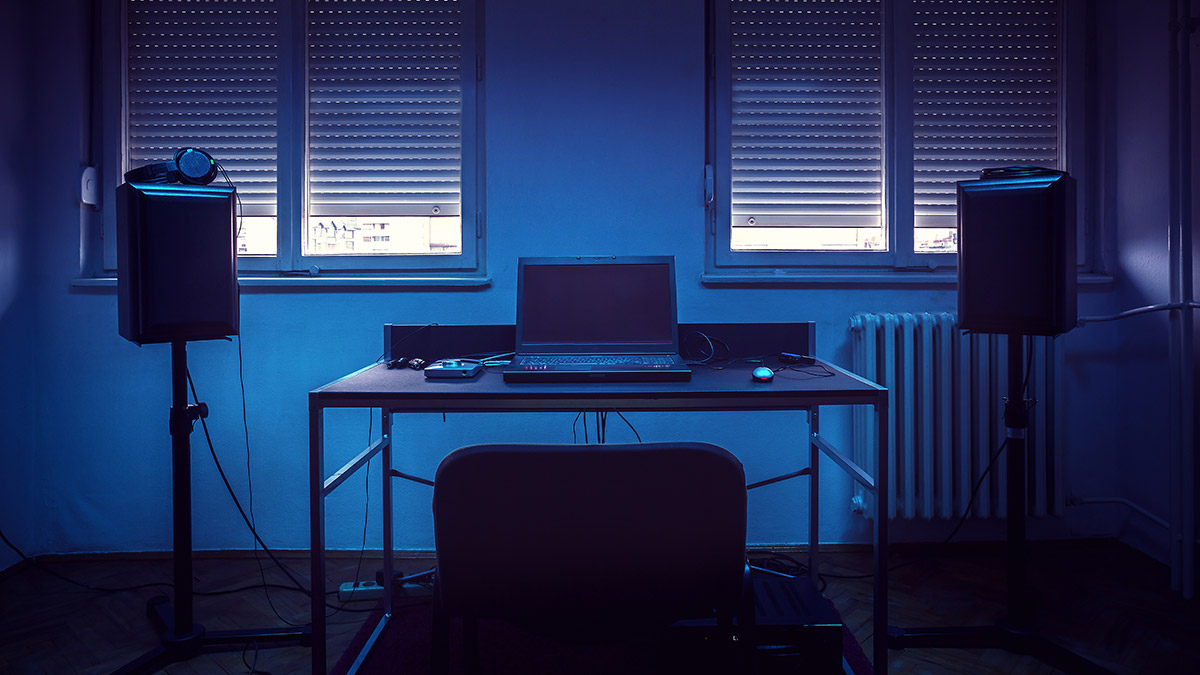Three Ways to Enhance Your Mix Through Smart Use of Panning

Mixing is all about creating space. As mix engineers, we need to create individual spaces for each mix element, and we do this through use of EQ, spatial effects and of course; panning. Below are some tips that will help you to get the most out of those pan controls!
1. Pay Panning the Attention It Deserves
There are a few fundamental concepts that are worth bearing in mind when you start panning your mix elements. Generally, you should pan your bassier sounds (kick, bass guitar etc.) in the centre, as otherwise your mix could end up sounding unbalanced. Your higher frequency instruments can then be panned further out to the left and right. When doing this, you should consider the concept of 'complementary panning'. This means that you should aim to keep your mix balanced by mirroring a mix element on one side of the stereo field with another, similar mix element on the other side. For example, if there are two electric guitars in your mix, then pan them the same distance out to the left and right. The instruments do not need to be the same however, as long as they are operating in the same frequency band; a lead guitar can be panned opposite a synth, a tambourine can be panned opposite a shaker and so on.
2. Try EQ Based Widening
This is a simple technique that allows you to apply stereo widening to a mono track. First you will need to duplicate your mono track. You will be applying complementary panning to this track, but you will be panning it opposite itself. Once the two tracks are panned to the left and right, insert an EQ into the original channel, and make a random selection of cuts and boosts. Finally, copy the settings from your first EQ onto a new EQ on the second channel, but invert the gain settings; the cuts will become boosts and the boosts will become cuts. Essentially, what you are doing here is spreading different frequency regions of the track across the stereo image, making the mix element sound wider. If you're not careful, this technique can make for a slightly weird listening experience – it's better to be subtle here. An EQ setting with lots of small peaks and troughs normally works best, and that means that graphic EQs are quite a useful tool for making this technique work.
3. Utilise the Haas Effect
This is another stereo widening technique, but one that uses delay rather than EQ. Helmut Haas was a German scientist who noticed an interesting audio effect. If we hear a dry signal coming from one side of the stereo field, and an echo of it coming from the other side of the stereo field, and the delay time is less than 30ms, we perceive one stereo sound, rather than two individual mono sounds. The key here is to make sure that the delay time is short enough that the delayed signal can't be perceived as an echo in its own right, and if you are working with strong transients you may need to shorten the delay time to much lower than 30ms to get this to work. As with the tip above, the first step is to duplicate your mono track, before panning your two tracks to opposite sides of the stereo field. Put one of them through a short delay set to 100% wet, and your mono track should immediately gain stereo width.



Comments:
Login to comment on this post